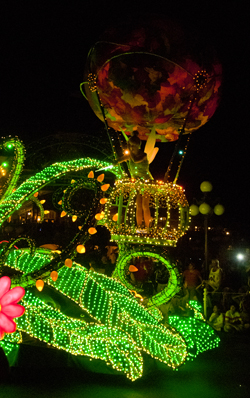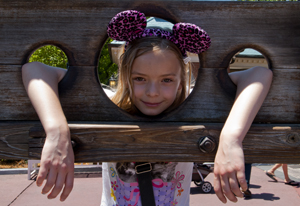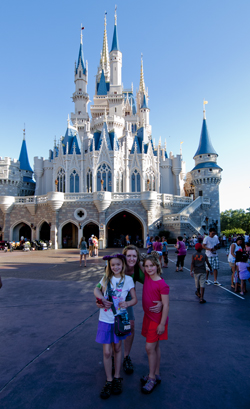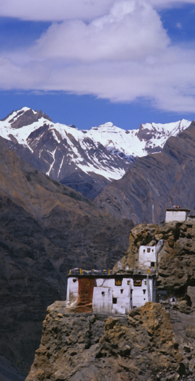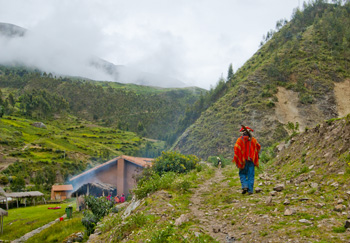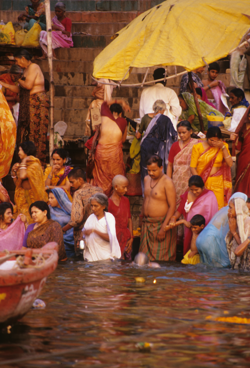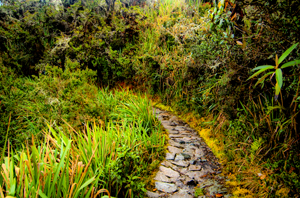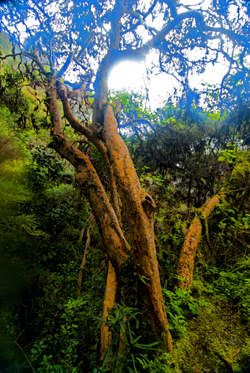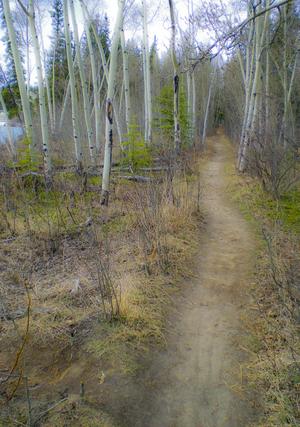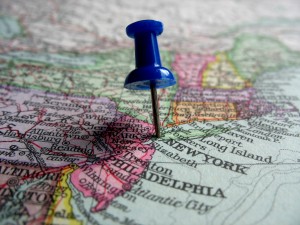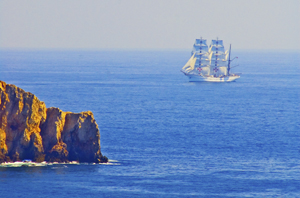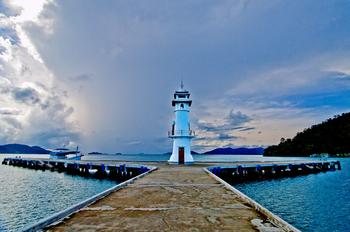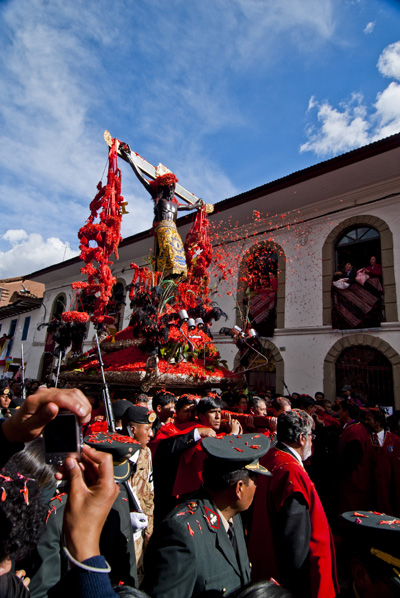Maps, Magical Thinking and the Magic Kingdom
So I’m here at Disney World with my sister and nieces. Yesterday we visited the Magic Kingdom and of course had to orienteer our way around the park with the small maps that they provide. Actually the small map was pretty good and we made our way around the park pretty well, taking in the sights the girls wanted to see. Getting to the park was another thing altogether.
Leaving our resort we thought we had it figured out, except I thought one way and my sister thought another. Given she has been here a whopping four hours longer than me, we went by her directions and soon weren’t sure just where we were going. Glory of glories, she said let’s stop and ask for directions, which we did.
It put me in mind of a wee episode I had in Portugal with my beau of that time. There we were in eastern Portugal with a specific destination in mind (I can’t recall what). We followed the route our map showed and ended up travelling a huge loop that did not take us where we wanted to go and we ended right back at our starting point. At which time I suggested we stop for directions. My beau would not.
So we drove that same loop again. And again. With my beau getting madder – not so much because we were lost, but because I kept suggesting we ask for directions. Such repetitious action—travelling the same route again and again, but expecting different results is a lot like something problem gambling Counselors call magical thinking. People with gambling issues play a game of chance again and again believing that the odds of them winning increase with the number of times they play and don’t win BECAUSE THEY HAVE TO WIN SOMETIME. What they don’t realize is that they are wrong. They have exactly the same odds of winning a gambling game each time they play and the house has stacked the odds against them. Just like taking the same hopeless route again and again doesn’t improve our odds of not getting lost.
So stopping for directions was an auspicious beginning to this trip. Aside from the comedienne gas station clerk (who informed me that if I wanted Disneyland (not Disney World) I’d taken a wrong turn for the east coast somewhere) I got straightforward directions that took us direct to the Magic Kingdom. Here are some photos to prove we were there.
